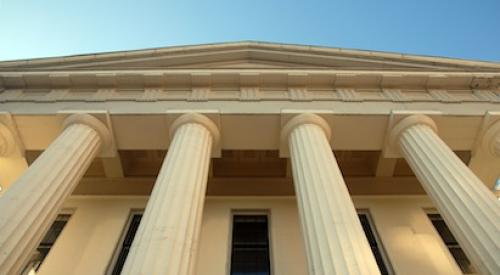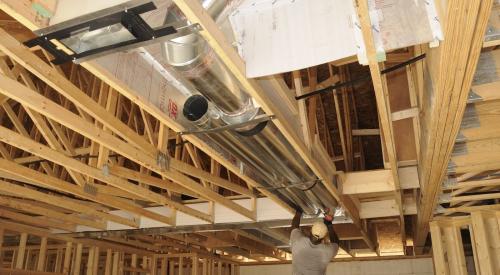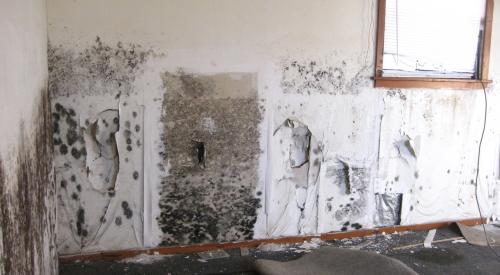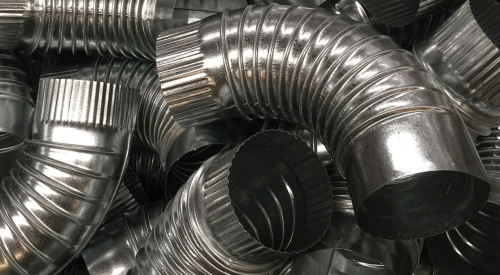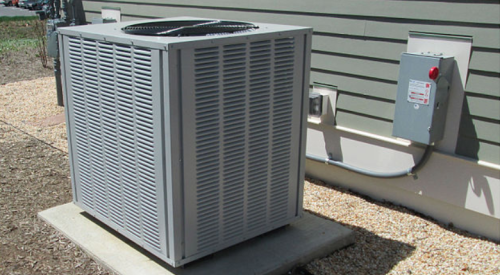Builders of new houses, as well as owners of existing houses, will be able to receive an energy efficiency tax credit of up to $2000, if legislation introduced by Rep. Bill Thomas (R-CA) earlier this year is passed. The bill, which is expected out of committee after Congress’ July 4 recess, proposes a two-pronged approach to raising the energy efficiency of the nation’s housing market:
- New home tax credit: A new home credit will encourage builders to construct more energy efficient homes. To receive the credit, new homes must exceed the 1998 International Energy Conservation Code by 30 per cent or more. A flat $2000 credit is expected to have a substantial impact on housing affordability by attracting builders of low-cost housing.
- Existing home credit: Homeowners who upgrade the energy efficiency of existing homes by 30 per cent or more will receive a performance-based tax credit of 20 per cent of the cost of retrofitting their homes, up to $2000. Currently the average household in the U.S. spends almost $1300 each year on home energy, according to the Alliance To Save Energy.
Co-sponsors of the The Energy Efficient Affordable Home Act of 1999 are Rep. Phil English (R-PA), Rep. Wally Herger (R-CA), Rep. William Lipinski (D-IL), Rep. Charles Rangel (D-NY) and Rep. Jim Ramstad (R-MN). The Coalition For Energy Efficient Homes supports the legislation, as does coalition member, NAHB. The coalition supports tax incentives designed to upgrade the energy efficiency of America’s housing. A complete list of members and their web sites is shown above. NAHB commended Representative Thomas for introducing the legislation and cited its long-standing support for voluntary energy programs.
"The Thomas bill matches NAHB’s voluntary efforts by offering tax incentives encouraging builders to build higher levels of energy efficiency into new homes," said Charlie Ruma, NAHB president and a home builder from Columbus, Ohio. Ruma said for this effort to be successful, consumers need to perceive energy efficiency as an affordable and cost-effective option for a home. "With this tax credit incentive, we can begin to change the market’s attitude toward the benefits of energy efficient construction."
Homes built to qualify for the credit would save anywhere from $200 to $400 annually on utility bills, depending on the severity of the climate, according to William Prindle, director, buildings and utilities program for The Alliance to Save Energy. These types of homes would also help to reduce the 22,000 pounds of carbon dioxide created by the average household.
Prindle said the bill, which was originally introduced during the 1998 legislative session, is the second wave of energy efficiency tax credits for housing. The first set was in the Energy Tax Act of 1978. Provisions then included an energy tax credit for owners of existing homes to put in more insulation and buy energy efficient windows. There was no tax credit for builders of new homes, although Prindle said, in theory, the home builder could have given an invoice for energy efficient items to the homeowner, who could use it to seek a tax credit.
David Nemtzow, president of the Alliance To Save Energy, said the legislation wouldn’t only effect usage. Energy efficiency incentives are key to achieving emissions reduction goals as well. According to the Alliance, the legislation also has the potential to:
|
||||||||||||||||||||||||||||||||||||||||||||||||||||||||||||||||||
